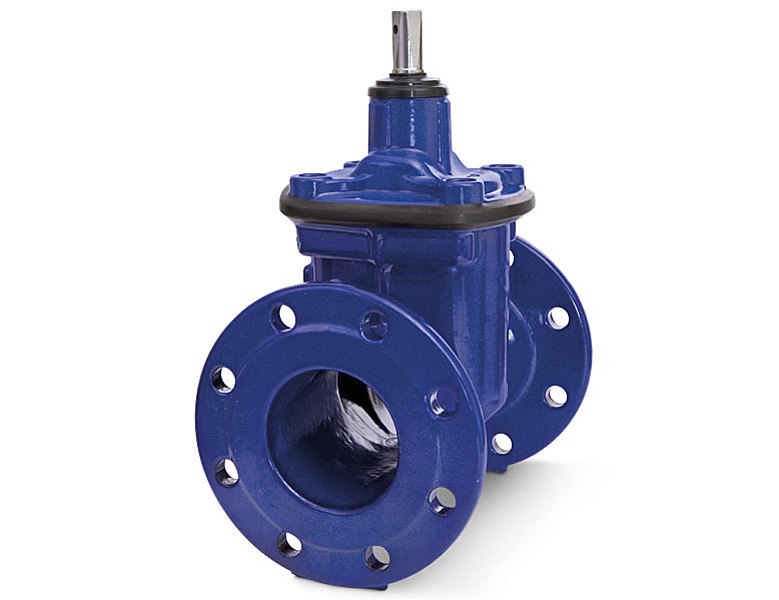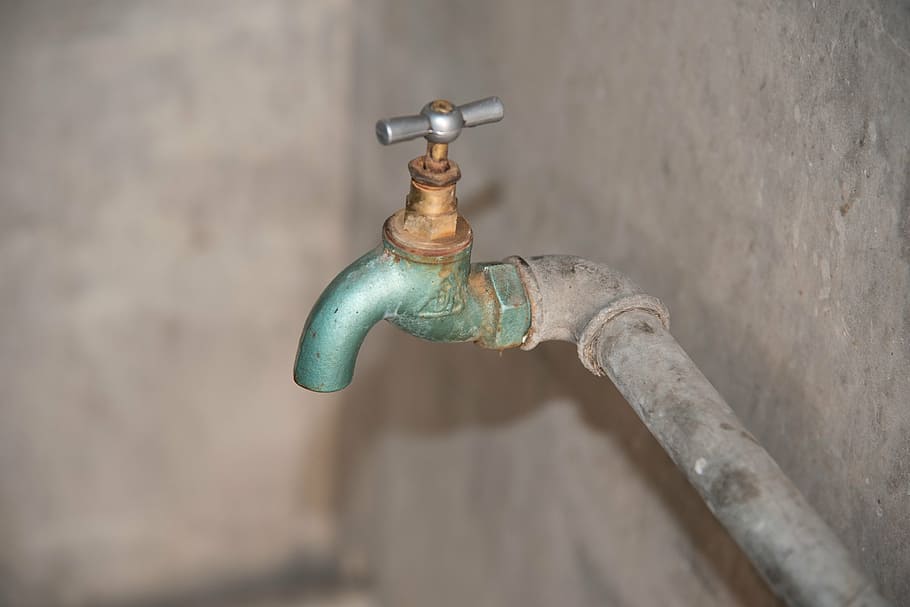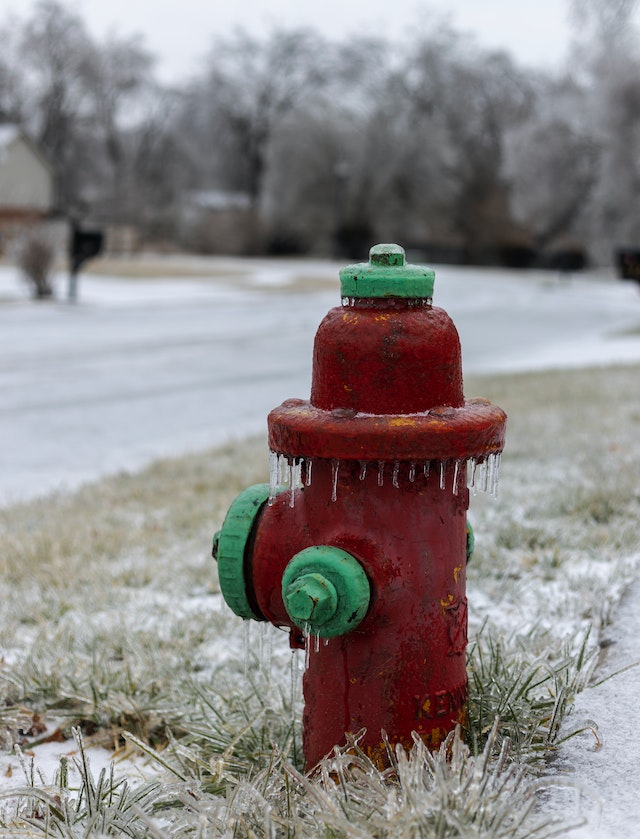When it comes to home maintenance and emergencies, knowing the basics can make all the difference. One crucial piece of knowledge every homeowner should possess is the location and operation of their main water shut-off valve. Imagine a burst pipe, a leaky faucet, or a malfunctioning appliance flooding your home with water. In such situations, being able to quickly turn off the water supply can save you from extensive damage and costly repairs. This guide will help you understand how to locate and operate your home’s main water shut-off valve, giving you the confidence to tackle unexpected water-related issues.
The Importance of Knowing Your Main Water Shut-Off Valve
Water damage is one of the most common and costly problems homeowners face. A burst pipe or a major leak can lead to ruined belongings, structural damage, and even mold growth if not addressed promptly. Being aware of your main water shut-off valve and how to operate it can prevent such disasters and minimize the potential for extensive damage.
Locating the Main Water Shut-Off Valve
The location of the main water shut-off valve can vary depending on your home’s layout, but there are a few common places to check:
- Basement or Crawlspace: In many homes, the main shut-off valve is located in the basement or crawlspace near the front foundation wall. It may be positioned where the water line enters the house.
- Utility Room or Mechanical Closet: If you have a dedicated utility room or mechanical closet, the shut-off valve might be found there. Look near the water heater, furnace, or other utility connections.
- Crawlspaces or Attics: In some cases, especially in older homes, the shut-off valve could be in a crawlspace or attic. If you’re unsure, check these spaces.
- Curb Valve: In certain situations, the main water shut-off valve might be located in a meter pit near the street. If this is the case, you may need a special tool to access it.
- Behind Appliances: Occasionally, the shut-off valve might be located behind a major appliance like a washing machine or dishwasher.
- Outdoor Faucet: Some homes have a shut-off valve for the outdoor water supply. While not the main shut-off, this valve can still be crucial to know in case of a leak or winterization.
Remember, these are just common locations, and your valve might be placed differently. If you can’t find it, consult your home’s blueprints or consider asking a plumber for assistance.
Operating the Main Water Shut-Off Valve
Once you’ve located the main water shut-off valve, follow these steps to operate it:
- Turn Off Appliances: Before shutting off the main valve, turn off any appliances that use water, such as washing machines, dishwashers, and water heaters. This prevents damage to these devices when water supply is abruptly cut off.
- Clockwise Turn: Most shut-off valves require a clockwise (righty-tighty) turn to close. Use a sturdy wrench or a valve key if necessary. Turn the valve until it’s fully closed. You’ll know it’s closed when the handle is perpendicular to the pipe.
- Test the Faucets: After closing the main valve, open a few faucets in your home to drain any remaining water in the pipes. This will help relieve pressure and minimize potential leaks.
- Repair and Restore: Once the emergency is under control, you can address the issue causing the need for shutting off the water. If you’re uncomfortable with repairs, it’s always a good idea to call a professional plumber.
Regular Maintenance and Preparedness
Knowing the location and operation of your main water shut-off valve is a key part of being a responsible homeowner. To stay prepared, consider these tips:
- Regular Checks: Periodically inspect the valve to ensure it’s working smoothly and not rusted or stuck. If it’s difficult to turn, applying a lubricant can help.
- Labeling: If you live with family members or tenants, make sure everyone knows where the shut-off valve is located. Consider labeling it for easy identification.
- Emergency Kit: Keep a basic plumbing emergency kit on hand. Include items like a pipe wrench, plumber’s tape, and a bucket to catch water.
- Professional Help: If you’re unsure about anything related to plumbing or shut-off valves, don’t hesitate to call a professional plumber. They can assist you in locating, maintaining, and using the valve correctly.
By taking the time to familiarize yourself with your home’s main water shut-off valve, you’re taking a proactive step in protecting your property from water-related disasters. Remember, a little knowledge can go a long way when it comes to home maintenance and preparedness.



